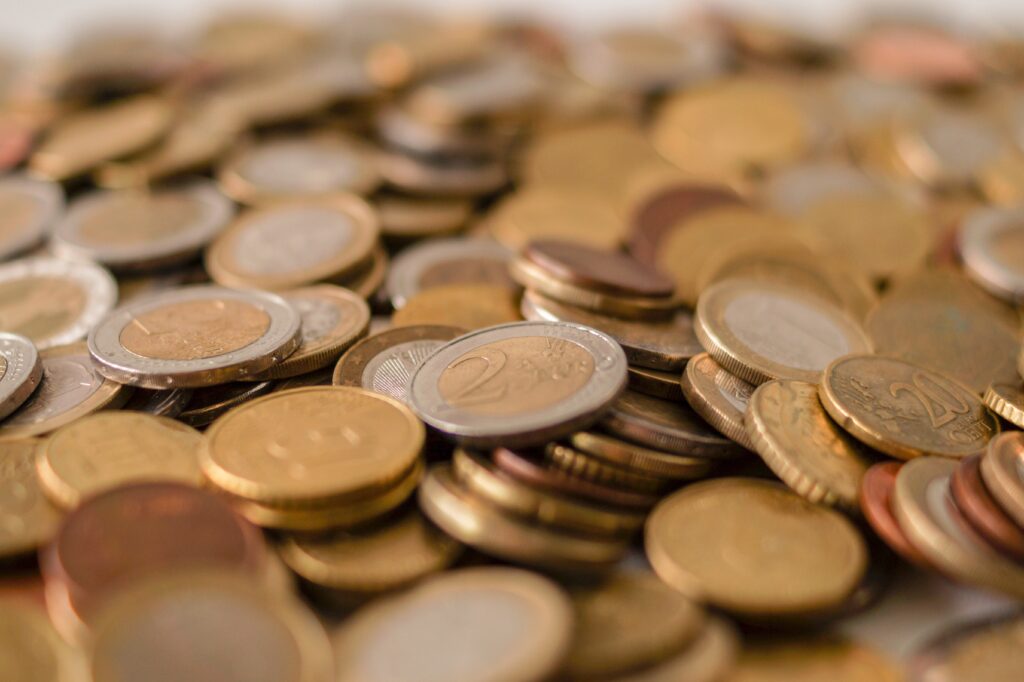The Euribor rate rose today at three, six and 12 months to new highs since December 2008.
The 12-month Euribor rate, which is currently the most used in Portugal for variable rate housing loans, advanced today, being set at 3,908%, plus 0,049 points, a new maximum since December 2008.
According to the Bank of Portugal, the 12-month Euribor already represents 43% of stock of loans for permanent housing at a variable rate, while the six-month Euribor represents 32%.
After having shot up on the 12th of April to 0,005%, for the first time positive since the 5th of February 2016, the 12-month Euribor has been in positive territory since the 21st of April.
The 12-month Euribor average increased from 3,338% in January to 3,534% in February, up 0,196 points.
Within six months, the Euribor rate, which entered positive territory on June 6, also advanced today, to 3,418%, 0,055 points more than on Monday and a new maximum since December 2008.
The six-month Euribor was negative for six years and seven months (between 6 November 2015 and 3 June this year).
The six-month Euribor average rose from 2,864% in January to 3,135% in February, plus 0,271 points.
The three-month Euribor, which entered positive territory on July 14 for the first time since April 2015, rose today, being set at 2,920%, plus 0,045 points and a new high since December 2008.
The three-month Euribor rate was negative between 21 April 2015 and 13 July last (seven years and two months).
The three-month Euribor average rose from 2,354% in January to 2,640% in February, that is, an increase of 0,286 points.
The Euribor began to rise more significantly since February 4th, after the European Central Bank (ECB) admitted that it could raise the main interest rates this year due to the increase in inflation in the euro zone and the trend was reinforced with the beginning of Russian invasion of Ukraine on February 24.
At the last monetary policy meeting, on February 2, the ECB once again raised key interest rates by 50 basis points, the same increase as on December 15, when it began to slow down the pace of increases in relation to the two previously recorded , which were 75 basis points, respectively on 27 October and 8 September.
On July 21, the ECB increased, for the first time in 11 years, by 50 basis points, the three main interest rates.
The three-, six- and 12-month Euribor rates registered all-time lows, respectively, of -0,605% on December 14, 2021, -0,554% and -0,518% on December 20, 2021.
The Euribor are fixed by the average of the rates at which a group of 57 banks in the eurozone are willing to lend money to each other in the interbank market.


















Comments